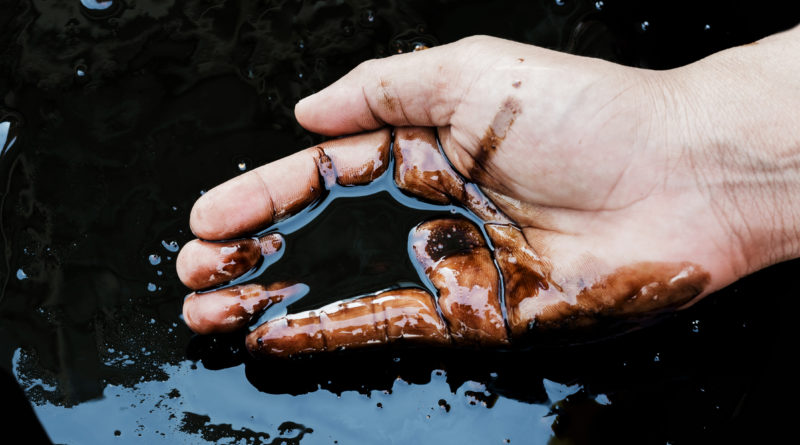How Did the Galapagos Oil Spill Happen?
7,268 total views, 1 views today
On December 22, 600 gallons of oil spilled into the waters of Galapagos Islands, an Ecuadorian region long associated with Charles Darwin’s groundbreaking research into the theory of evolution. A clean-up mission began shortly after the oil spill, but some environmental activists say that these efforts are too little, too late. The abundant wildlife of the Galapagos Islands will almost certainly suffer from the oil spill even after its cleanup, leading eco-friendly people to question how such an ecologically damaging event could occur in a region so well known for its fascinating, diverse animal species.
The spill allegedly originated from a port on San Cristobal Island, which is the easternmost island in the Galapagos. On an oil facility located there, a crane collapsed as it attempted to load a container holding an electric generator onto a barge. As the generator container fell, it rattled the oil vessel enough to submerge the vessel, generator, container, and crane. In addition to the structural damage, one person was injured.
The country’s Emergency Operations Committee (COE) quickly declared a state of emergency to facilitate faster access to vital resources during cleanup. This move has already proven crucial, as, according to government spokespeople, the oil spill is contained and all steps necessary have been taken to minimize the negative impacts on the Galapagos Islands’ ecosystem and environment. The government has deployed some of its Navy members to work with the Galapagos National Park (GNP) and the islands’ official nature reserve authority.
Despite the government’s attempts to contain the oil spill, environmentalists have expressed their dismay that such a spill could occur in the first place. A prominent environmental attorney told a leading news source that no matter how much work the Ecuadorian government does, the oil from the spill will remain in the water for years, thereby causing negative long-term effects on wildlife. The Ecuadorian attorney general told another source that the spill has the potential to seriously damage the ecosystem of what is well known to be a government-protected region.
Although it is too early to fully comprehend the extent to which the recent oil spill will affect wildlife in the Galapagos Islands, this spill is not the first in the region despite the islands’ reputation as an ecological treasure. In 2001, a similar spill in the region poured 243,000 gallons of oil into the water around the Galapagos Islands, over 400 times more oil than the volume involved in the recent spill. In the year after the 2001 oil spill led, regional iguana populations declined at rates as high as 30 times faster than usual. These rates could have been even steeper if weather conditions following the spill did not direct large quantities of the oil away from the Galapagos Islands.
It is not yet clear whether favorable weather conditions will follow the recent oil spill in the Galapagos. Despite the magnitude of volume difference between the recent spill and the 2001 spill, the latter event is said to be minor compared to other prominent oil spills, hopefully minimizing the total damage that will ultimately be inflicted upon the ecosystem.

